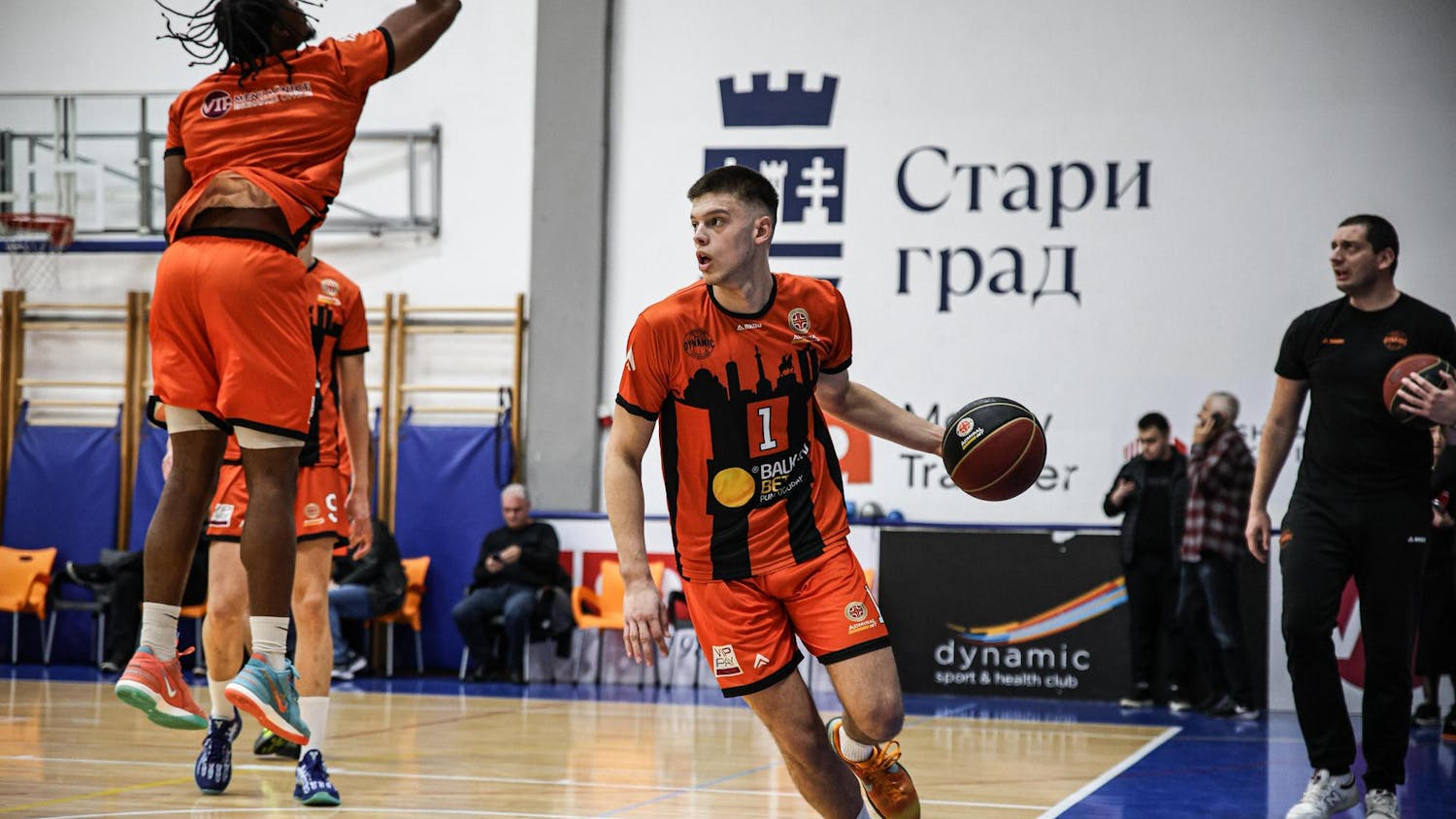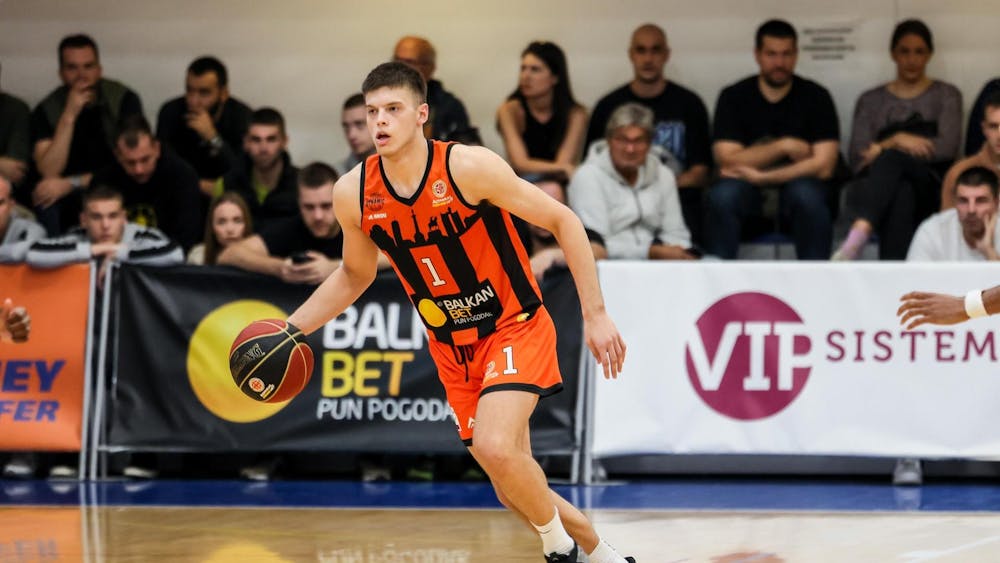The cinder track at Bill Armstrong Stadium is not forgiving -- not to the riders who crash on it and not to the teams who lose time as a result. So it comes as no surprise that many teams put a high premium on smooth bike exchanges from one teammate to another in hopes of avoiding such misfortune. \nSo much was evident Saturday at the women's Little 500 qualifications, where none of the 30 teams risked missing the 33-team cut but all teams had to finish the four-lap time trial without any fouls from faulty exchanges. By the time the event ended, many teams needed multiple attempts to accomplish the task, including women's pole setter Kappa Kappa Gamma, which took first on its third attempt. \nKappa Kappa Gamma was first called for stepping in the gutter and then for touching the bike before it crossed the line. By the time the team raced its third attempt in the afternoon, it knew it had to get exchanges down. \n"I think the first couple it was just the track was a lot faster than we had anticipated," senior Kappa Kappa Gamma rider Kristin Carpenter said. "That was coupled with a little too much adrenaline. Everyone was really hyped up and then we're coming into the exchanges too fast.\n"And in the third one, we were very conservative. The exchanges were good, but they were very slow. We didn't do them at full speed because we were being so cautious about qualifying." \nAt qualifications, each team had to exchange riders three times. During the Little 500, a team must exchange riders at least 10 times.\nThe actual process is a difficult one. The incoming rider must slow down, get off the bike and hand it to the new rider within a 16-foot portion of the track without the bike ever falling. Any stall to avoid falling or to stay within the perimeter can have a negative impact on a team. \nThe Roadrunners, last year's Little 500 champion, qualified eighth. Although the team only took one attempt to qualify, junior Jenn Wangerin said bad exchanges prevented a better finish. \n"We're definitely going to have to work on exchanges a lot more," she said. "Our timing is not down enough. Each exchange you have to gauge the speed of the rider, decide when you run, and that's different from rider to rider."\nAn alternative method of exchange is the incoming rider slapping hands with the next rider, who starts with a new bike, a technique that Delta Delta Delta employed at qualifications. But this method of exchange can cost a team time. Tri Delts finished 24th at qualifications. \n"We decided with there only being three of us that we would use the bike-to-bike exchange," Tri Delt senior Amy Spillman said. "We definitely could have shaved off a good five to 10 seconds if we had used the normal exchanges. But we could have done it; you just have to compromise."\nSpillman said the bike-to-bike exchange proved easier for a team composed of three rookie riders but that the team would use the normal exchange for the actual race.\nAs for improvement, most riders agree the only trick is a commitment to practice, no matter how painful.\n"You just need to practice over and over and over," Spillman said. "It can be (a painful process). I have my fair share of bruises -- that's for sure"
Exchanges key to success
Teams qualify for Little 500 with help of efficient exchanges
Get stories like this in your inbox
Subscribe





